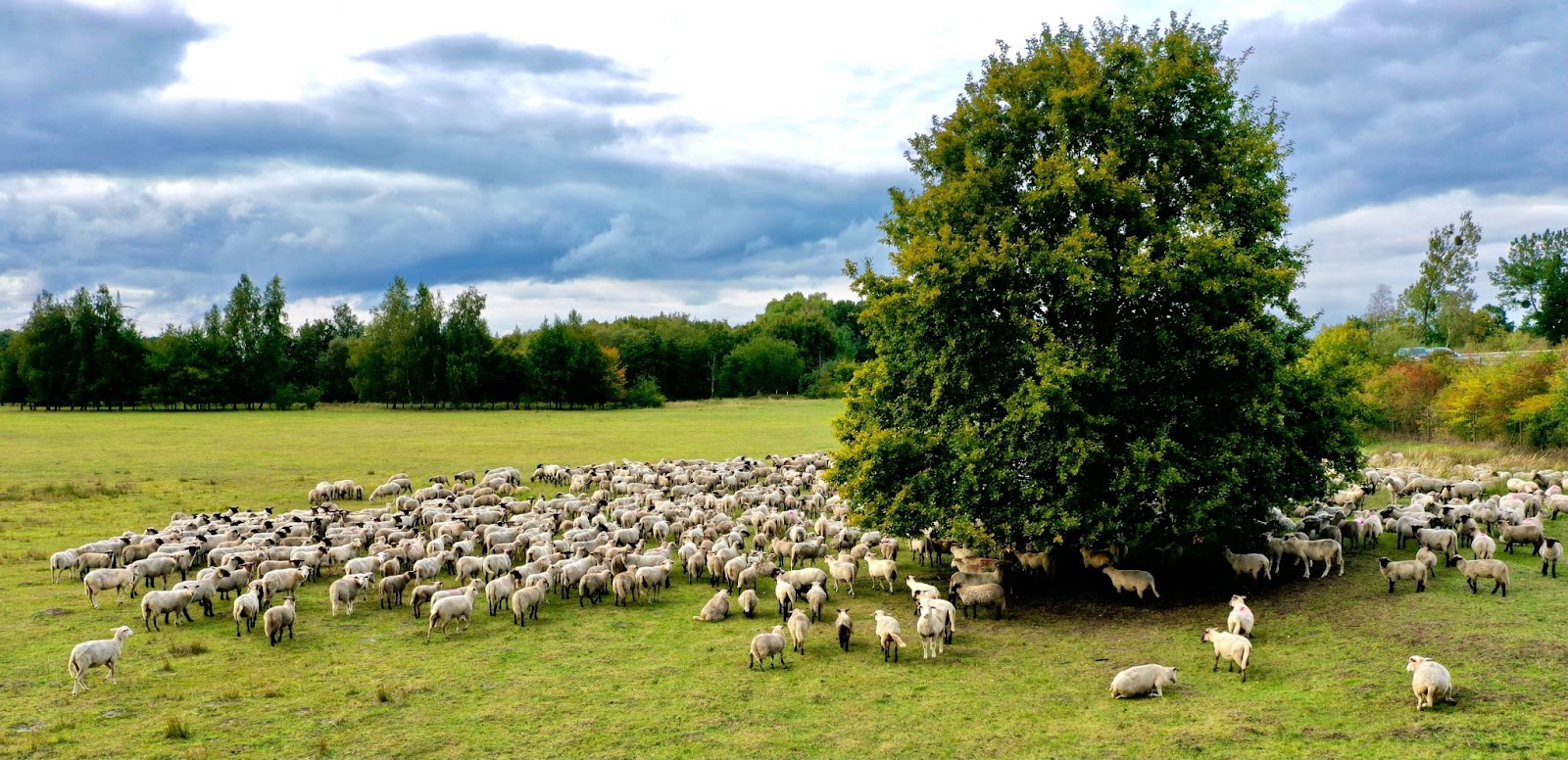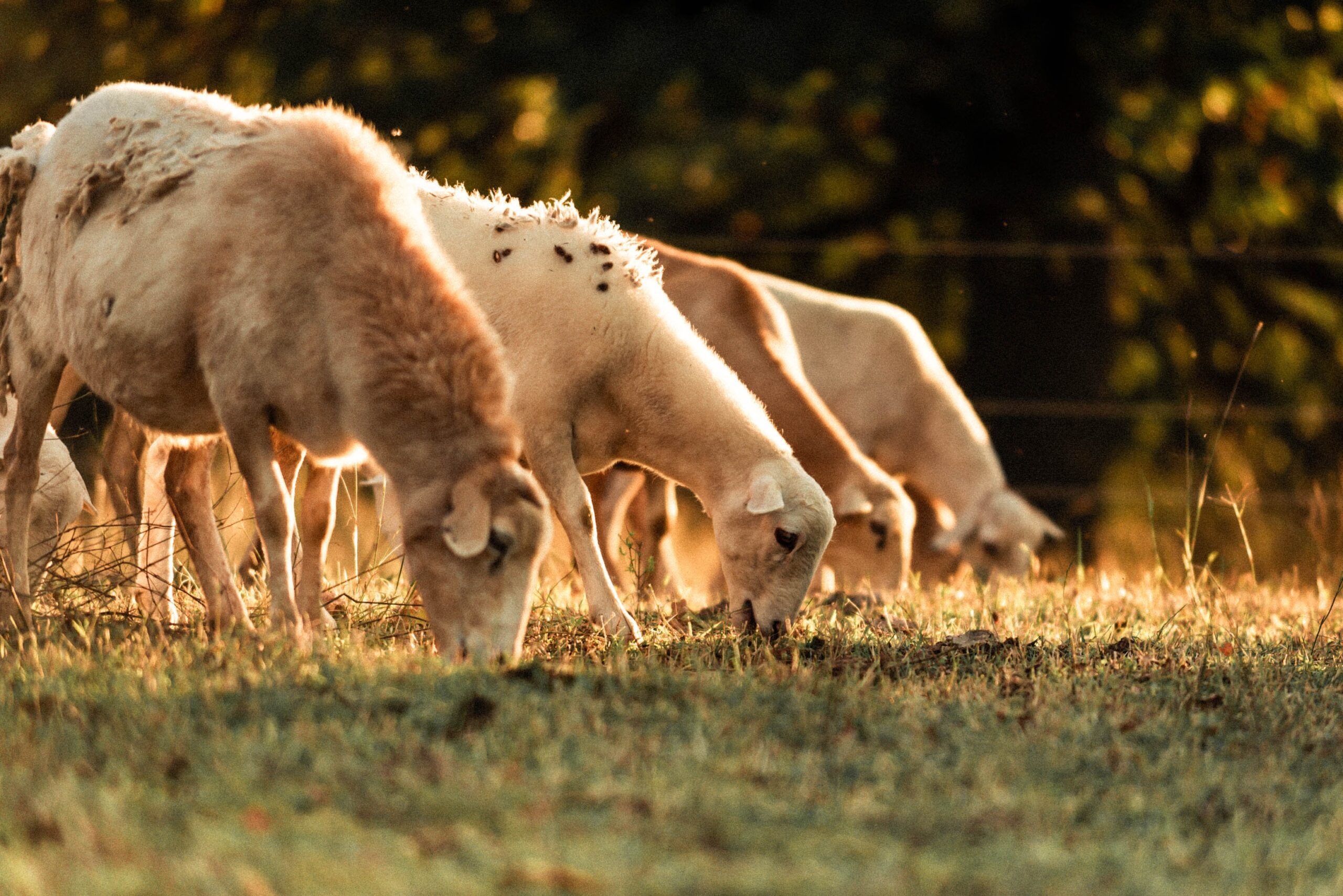Patterns are all around us. There are smaller instances, like how most seashells look eerily similar to a visual representation of the Fibonacci sequence or a honeycomb having stacks of perfectly symmetrical hexagonal shapes. There are striking similarities between a galaxy with stars forming around a black hole and a solar system. Even the makeup of an atom features electrons orbiting a nucleus.
It is no coincidence that these patterns have emerged across different facets of existence because they result from what has proven to work in nature. It speaks to an inherent commonality across all things. The difference between a living human being and the presumably unconscious Earth is not as significant as one might think.
Looking for proven natural climate solutions, many in the sustainability sphere have moved toward holistic land management. This theory follows a series of unintrusive nature-based practices for converting desert-like climates to their former glory. According to Ricardo Aguirre, a habitat restorationist in Arizona, like the human body, these dry, dead spaces need “exercise.” Through restorative treatment, as nature intended, these environments return to the relatively lush greenery they once enjoyed.

As Aguirre described it, much of the inspiration for this philosophy can be seen in the conservation experiences of figures like Allan Savory, founder of the famous Savory Institute. In a 2013 TED talk, Savory described his role in a mid-1950s environmental experiment in Zimbabwe; the government killed thousands of elephants out of fear that their over-grazing was draining the land of its nutrients. To everyone’s surprise, the drop in elephant numbers only exacerbated the desertification resulting in the fertile land becoming a desert.
The same phenomenon was reflected in similar experiments in the American West. Cattle populations were moved, hoping the lessened drain on ground resources would stave off the desert’s expansion. Again, this strategy only increased the desertification rate.
The concept is simple — just as a human muscle begins to atrophy over a long enough period of disuse, soil begins to deteriorate when it is no longer asked to support and interact with an ecosystem above it. With no migratory animal herds to break up the hard soil and no animal urine or excrement to fertilize it, vegetation will quickly die off. Aguirre tested this concept on his family’s land using a mix of animals like sheep and chickens.

Aguirre’s experiment has already been progressing beautifully in a relatively short period. On one section of his demonstration site, Aguirre places a mixture of sheep, goats, and chickens, all while adding a “biological soil amendment” that uses fungi and bacteria to help provide ground nutrients, and vegetation has grown to around waist-high. The sections without that same attention have remained around knee height.
The next step is to continue expanding this process across the southwestern U.S., where current engineering-based efforts have frequently fallen short in stopping desertification. “We’re offering land management as an alternative to engineering,” Aguirre says. “We can’t make it rain, but what we can do is we can make the rainfall more effective.”





